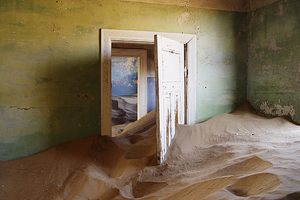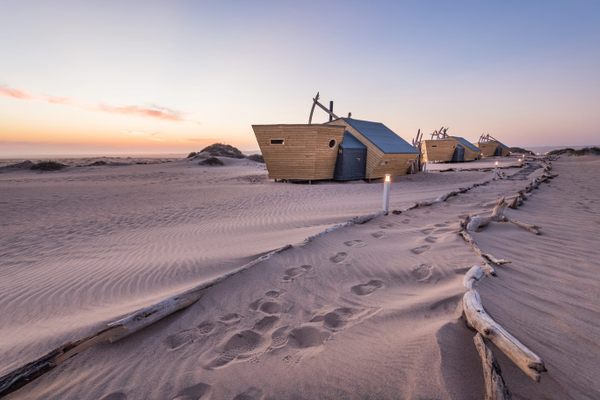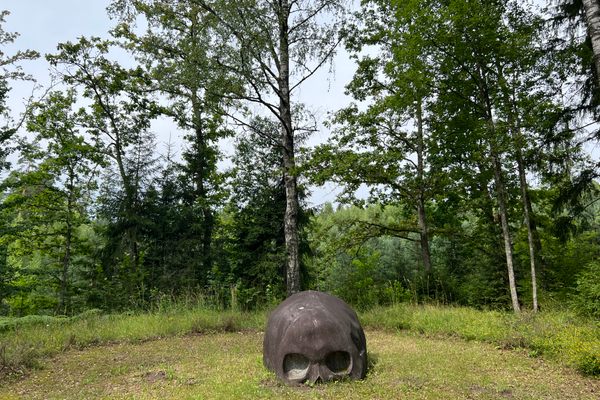About
Shark Island was founded in 1795 off the coast of Luderitz, Namibia. Originally named Star Island, the land sat amidst immense winds and crashing waters of the Atlantic for a century before it was connected to the mainland and used as a brutal concentration camp by the Germans from 1904 to 1908.
Like many other European nations, Germany established several African colonies in the 19th century. The native inhabitants, which included the Herero, Nama and Khoikhoi peoples, attempted to accommodate and resist German power. As more German settlers arrived, they appropriated increasing amounts of land and resources, and came to rely on coerced and enslaved labor. Although the Herero people resisted, the Germans had greater resources, which they used to annihilate the Herero population.
Survivors were sent to a concentration camp on Shark Island, which came to be known as Death Island because of the stories of its brutal conditions, minuscule food rations, and the death toll. It was home to the German physician Dr. Bofinger, who was said to conduct sinister racial science experiments and inhumane trials, such as testing whether scurvy was contagious by injecting prisoners with opium and arsenic.
On Shark Island, the Herero and Nama peoples were beaten and starved and forced into slavery. The German geneticist Eugen Fischer ran medical breeding experiments to study their physical and mental attributes of the people imprisoned in the camp. More than 3,000 skulls belonging to the Herero and Nama people were sent back to Germany for further experimentation.
Racist ideas developed in the colony were brought back to German institutions, where Fischer’s studies would eventually be read by Adolf Hitler. One of Fischer’s students, Joseph Mengele, later conducted human experimentation and sent people to their death in the Auschwitz gas chambers.
The camp closed in 1907 and prisoners were transferred to an open area near Radford Bay where mortality rates eventually declined. Today, the harrowing peninsula is the site of a small memorial and plenty of open space for history buffs to go camping.
Related Tags
Know Before You Go
During the day, there is a small fee of 10 Namibian Dollars to enter and tour the island. Access up onto the lighthouse is possible but not advised on particularly windy days. Just ask for the key from the guard. There are bathrooms and grills on site as well as electrical connections for campers. Further accommodations and camping rates can be found on the Shark Island website.
Published
February 8, 2019
Sources
- https://en.wikipedia.org/wiki/Shark_Island_Concentration_Camp
- https://www.express.co.uk/news/world-war-1/454733/The-women-made-to-boil-heads-of-their-own-people-in-Germany-s-first-Holocaust
- https://www.washingtonpost.com/outlook/2020/09/01/history-racist-colonial-violence-can-help-us-understand-police-violence/











































